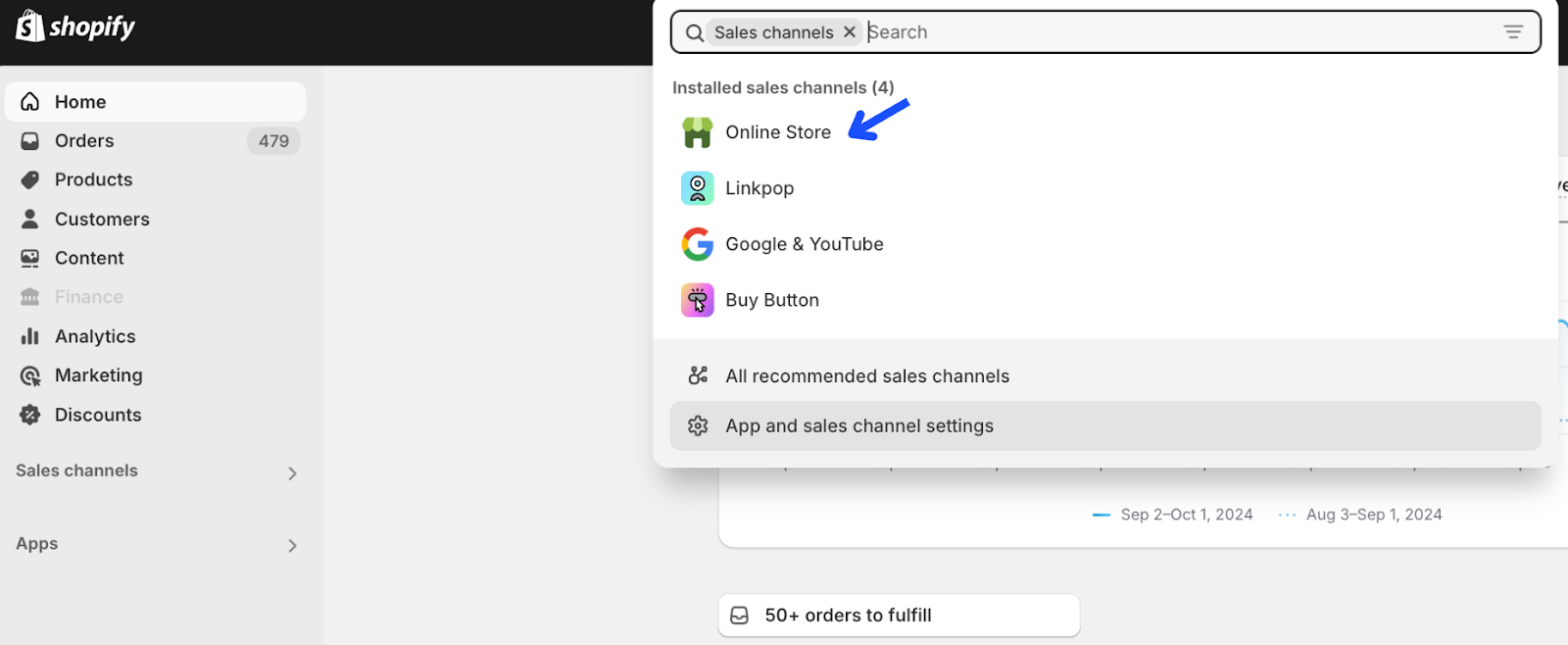Mailchimp is a popular email marketing service that can be easily used with Shopify.
In this guide, I will walk you through the steps to sync MailChimp with Shopify so you can manage your audience, email marketing, and customer data all in one place.
Why trust us?
-
We're the creators of Bloggle , a dynamic Shopify blog builder available on the Shopify App Store that fills the gaps in native Shopify blogging capabilities.
-
We're a global force: 3000+ merchants across 60 countries have trusted us to amplify their voices.
-
We've already empowered 55,000+ blogs written using our versatile app .
The why behind the power of building an email list
Owning an email subscriber list is one of a few marketing strategies that allows you direct access to your target audience. Email marketing is more effective than most marketing channels and your email list can become a long-term business asset.
Email marketing allows for personalized messages, customer segmentation based on purchasing patterns, and automated campaigns that become easier to manage over time .
Plus, since you own your email list, you have full control without needing to worry about platform policies.
Why use Mailchimp with your Shopify store?
Integrating Mailchimp with your Shopify store makes all email marketing processes easier. Managing an email list, sending mass emails, and tracking the results are all simple tasks with Mailchimp, all while syncing customer data from Shopify.
This integration lets you automate marketing workflows, such as sending abandoned cart emails or product recommendations based on customer behavior .
Integrate Mailchimp with Shopify in 7 steps
Step 1: Set up your Shopify store
-
Sign in to your Shopify account if you haven't already.
-
Once logged in, go to the Sales Channel section and select Online Store .

Step 2: Create a MailChimp account
-
Head over to MailChimp and create an account if you don't already have one.
-
For new users, choose the free version by creating a username and entering your email.

-
Check your email for a confirmation link from MailChimp, and click it to activate your account.
Step 3: Connect MailChimp to Shopify
-
In MailChimp, navigate to the Integrations section.
-
Look for the Shopify Integration and click it.

-
Click Get Started . This will redirect you to the Shopify App Store, where you can install the MailChimp integration.


Step 4: Authorize the integration
-
Wait for the installation to complete, then approve the access for MailChimp to view customer data and manage your store.

-
After installation and authorization, you’ll be able to see MailChimp inside your Shopify store.
-
This will also import your Shopify customer data, including emails, into MailChimp.
Now you’ll have your audience, promo codes, and other details synced between both platforms:

Step 6: Add subscribers
-
If you want to add individual email subscribers, go to Contacts in MailChimp.
-
Click Add contacts and enter the email address and name.

-
You can also upload a list of email addresses if you have a large audience.
Step 7: Manage Everything in One Place
With MailChimp now integrated, you can manage all your email campaigns, customer data, and audience information right inside Shopify.
No need to switch between tabs— everything is connected .
|
PLEASE NOTE |
|
Mailchimp is a great starting point for those new to email marketing or working with a tighter budget. Based on my 6 years of experience working with Shopify stores, I highly recommend considering Klaviyo as an alternative.Klaviyo excels in automating email campaigns and also offers detailed analytics dashboard that helps you measure the effectiveness of each campaign and optimize your strategies based on real-time data. I am not sponsored by Klaviyo nor do I have any affiliate relationship with them, this recommendation is purely based on what I've observed to be more effective in practice. |
You should be covered now
Hopefully my guide got you covered now. You should be ready to integrate Mailchimp to your Shopify store easily.
Here’s a couple more integration guides we have on our website:

.svg)







.svg)
